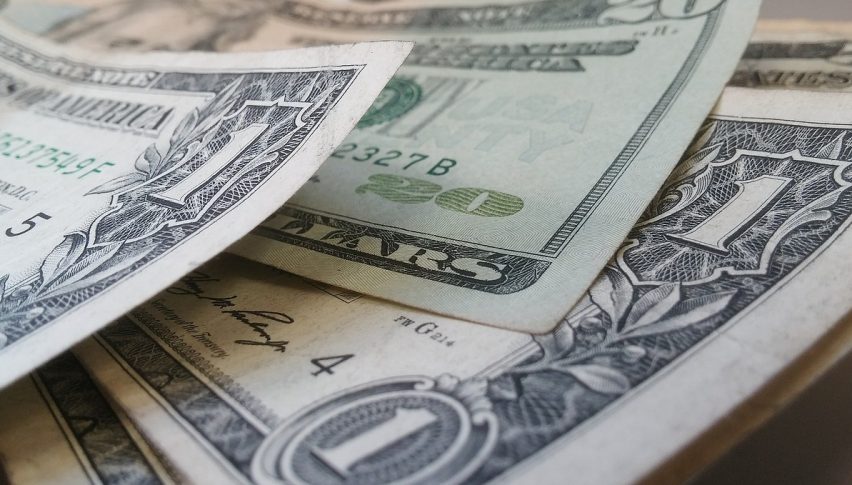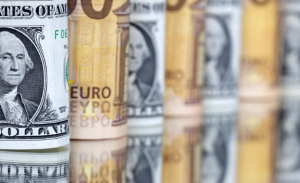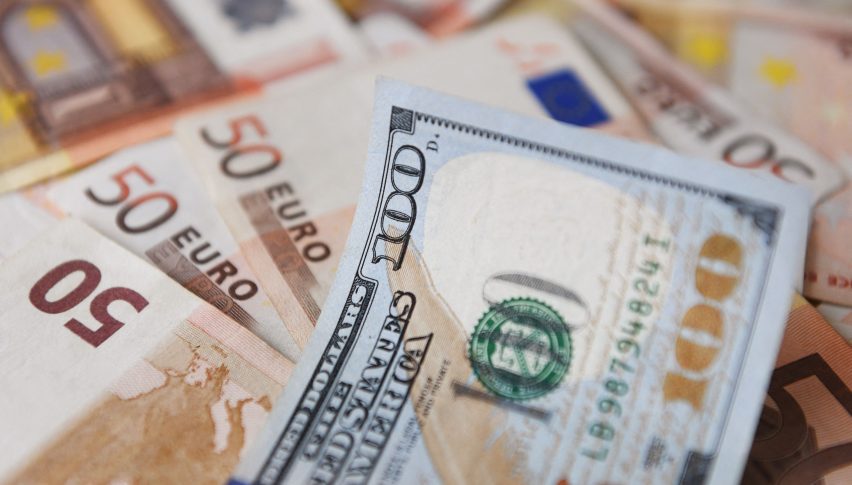Markets Cash on U.S dollar but downside Risk High
Investors loaded into safe-haven assets following a series of Iran-Israel conflict

Quick overview
- Investors turned to safe-haven assets amid escalating Iran-Israel conflicts, resulting in a rise of the US dollar after a three-year low.
- The dollar index increased by 0.3 percent to 98.19, reflecting its strength against major currencies during market volatility.
- Israeli Prime Minister Netanyahu announced a military operation targeting Iran's nuclear capabilities, while Iran retaliated with drone strikes on Israel.
- Despite the dollar's recent rise, investors remain skeptical about its long-term stability, with significant short-selling anticipated.
Investors loaded into safe-haven assets following a series of Iran-Israel conflicts, causing the US dollar to rise on Friday after trading at a three-year low the day before.

The scale of the assault, which signifies a notable intensification of hostilities in the region, caught markets off guard and led to an increase in the dollar’s value along with other assets that are typically expected to provide stability during periods of heightened volatility.
The dollar index, which measures the greenback’s strength against a basket of six major currencies, settled at 98.19 on Friday, up 0.3 percent.
According to Israeli Prime Minister Benjamin Netanyahu, Israel has initiated a “targeted military operation” against Iran’s nuclear and ballistic missile programs. In response, Iran asserted that it fired over 100 drones at Israel.
Netanyahu declared, “This operation will continue for as many days as it takes to eliminate this threat.”
The attack on Israel, according to US Secretary of State Marco Rubio, was “unilateral” and carried out without US involvement. Rubio stated, “Our top priority is protecting American forces in the region, and we are not involved in strikes against Iran.”
Iran launched ballistic missiles at Israel on Friday, as confirmed by the Israel Defense Forces and Tehran. Iran’s official news agency announced that the Hard Retaliation operation had commenced.
The dollar’s rise against the Swiss franc and Japanese yen, two currencies generally viewed as safe-haven assets, by 0.1 percent and 0.4 percent, respectively, affirmed its role as a safe-haven investment. In uncertain times, investors gravitate towards safe-haven assets to protect their capital from market fluctuations and to find stability when riskier assets decline.
The dollar’s downward trend, worsened by the Trump administration’s policy uncertainty, seemed unrelenting before the strikes.. As interest rate cuts devalue a currency, expectations that the Federal Reserve would lower interest rates sooner rather than later also significantly contributed to the dollar’s decline.
Investors speculate that the US dollar will fall again, leading to substantial short-selling of the currency. A survey from Bank of America, released on Friday, indicated that while dollar shorts are deemed the most crowded trade, “conviction in short USD remains largely intact.” “
- Check out our free forex signals
- Follow the top economic events on FX Leaders economic calendar
- Trade better, discover more Forex Trading Strategies
- Open a FREE Trading Account


